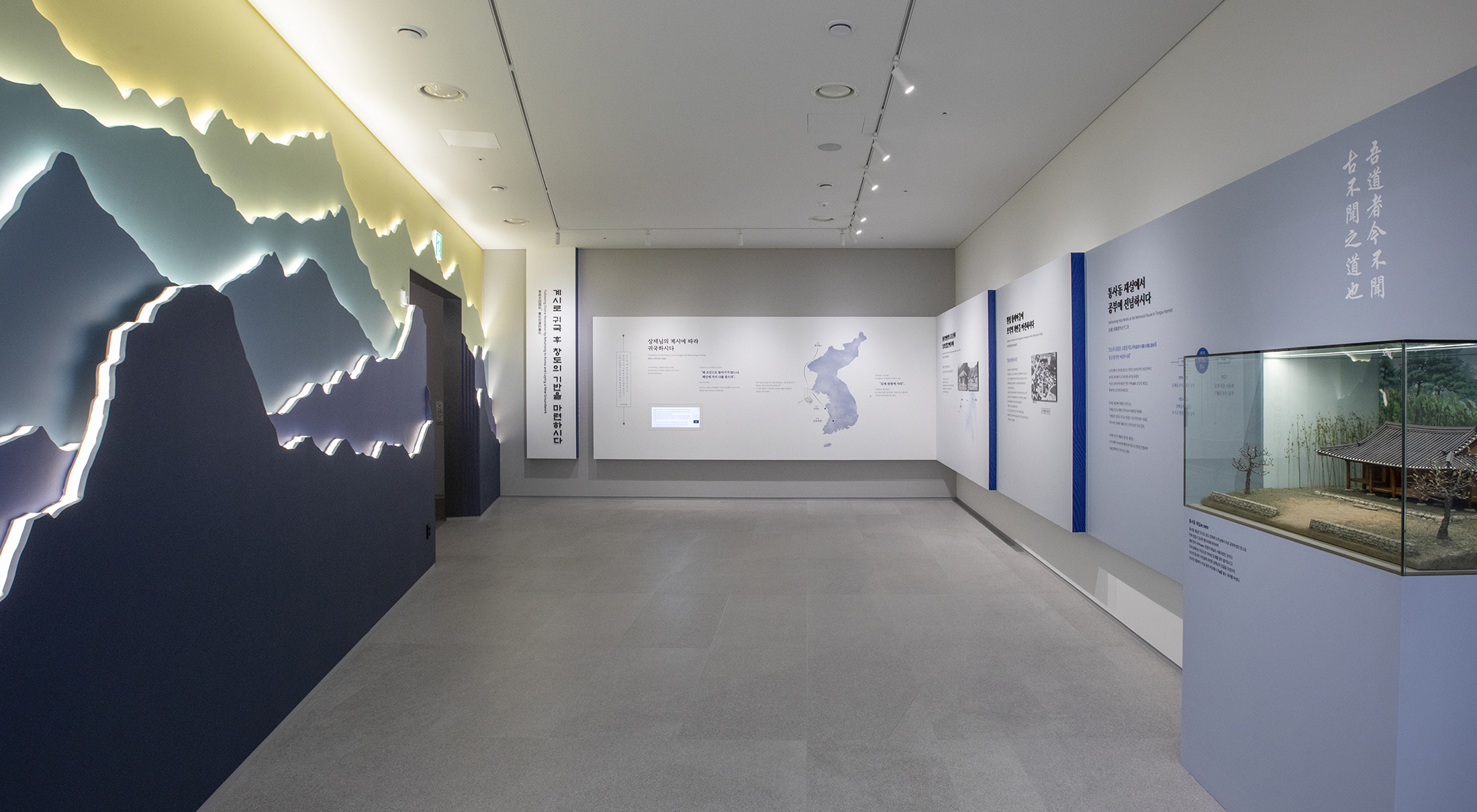The Completion of
the 50-Year Holy Work
- Then, one day, he received a revelation from Sangje:
“Why do you not return to Joseon (Korea)? Go to Taein and look for Me.”
At that time, Doju was staying in the foreign land
of the Fengtian (奉天, Serving Heaven) Province, Manchuria.
Progress of the Order 2:8 -
Following the Revelation from Sangje
and Returning to Korea
After his experience of realizing the Daesoon Truth of Sangje and attaining the Dao,
Doju dedicated himself to Holy Works all day and night.
Then one day he received a divine command from Sangje:
“Why do you not return to Korea? Go to Taein and look for Me.” -
In the 4th lunar month of the Jeongsa Year (1917),
after having been in exile for nine years in Manchuria,
Doju returned to Korea through seaside routes.
Encountering a heavy storm en route,
he anchored at Seosan County in South Chungcheong.
He finally arrived at Anmyeon Island via Taean Township.
While on the island,
he established the Wuil-jae Memorial House in Neurak Valley,
Jeongdang Village, where he continued his Holy Works.
In the fall of 1918,
he performed a devotional offering to Sangje
in the Wuil-jae Memorial House.
Then, in accordance with Sangje’s command to
“Go forth to Wonpyeong Village of Gimje,”
Doju gathered a group of disciples to follow
the footsteps of Sangje
by traveling through Wonpyeong Village,
Donggok Clinic, and Daewon-sa Temple.- Opening the Road to Attaining the Dao by Actualizing
the Degree Number of the Later World of 50,000 Years
“I am the one who will actualize
the Degree Number of the Later World of 50,000 Years,
and you are the ones who will attain the Dao.
What could be better?”
After staying on Anmyeon Island for about a year,
Doju toured Donggok Clinic during the 9th lunar month
of the Muoh Year (1918), and in the 10th lunar month,
he toured Daewon-sa Temple where Sangje opened up the Great Dao
of Heaven and Earth through a 49-day Holy Work.
Here, Doju said that he would open the path to Dao-Attainment
by actualizing the Degree Number (Dosu) of the Later World of 50,000 Years
that had been originally calibrated by Sangje.- Laying the Foundation for Propagation
in Hwangsae Hamlet, Wonpyeong Village
“Go forth to Wonpyeong Village of Gimje.”
During the 9th lunar month of the Muoh Year (1918),
Doju went to Wonpyeong Village of Gimje in accordance with Sangje’s command,
and once there he reached Donggok Clinic.
He traveled there to follow up on Sangje’s Reordering Works
which had been conducted there for a 9-year period.
In the 10th lunar month of that year, he toured Daewon-sa Temple
and had Lee Jeong-Ryul prepare accommodation for him
in Hwangsae Hamlet, Wonpyeong Village.
The following year in Madong Village of Jeongeup County,
Doju received the sealed chest of documents from Sangje’s sister, Lady of Seondol,
and then went to Hwangsae Hamlet during the 2nd lunar month
to continue his Holy Works in accordance with Sangje’s plan.
From that point onward, Doju was active in propagation,
and by the time of Mugeukdo’s founding,
the number of his disciples was in the tens of thousands.
Hwangsae Hamlet served as the center of his propagatory activities
until he founded Mugeukdo in the 4th lunar month of the Eulchuk Year (1925).- Performing Holy Works at the Memorial House
in Tongsa Hamlet
“My Dao has never been heard either now or in the past,
so it is hard for you to believe in it and cultivate yourselves.”
Shortly after receiving the sealed chest of documents,
Doju began performing Holy Works according to the Degree Number
at a memorial house in Tongsa Hamlet,
and those works went from 1919 to 1927.
The memorial house was built in 1876 and owned by the Jeonui Lee clan.
It was located adjacent to Hwangsae Hamlet.
The Holy Works performed at the memorial house in Tongsa Hamlet
included the Holy Work with the Transformation Chest (1919-1920),
the Holy Work of Enshrining Sangje’s Holy Skeletal Remains (1921-1922),
and the Holy Work of Arranging Counting Rods (1927).
The memorial house in Tongsa Hamlet where these Holy Works were performed
was also the place where Doju revealed the Dao in 1919
by preaching the truth of the Great Dao
of the Resolution of Grievances for Mutual Beneficence.
The Memorial House in Tongsa Hamlet
The memorial house in Tongsa Hamlet was one of the sites
where Doju frequently performed Holy Works both before and after the founding of Mugeukdo.
Located in Tongseok Village, Gamgok Township, Jeongeup in North Jeolla Province,
it was originally used as a memorial house for the Jeonui Lee clan.
In 1919, Doju had the Transformation Chest (dun-gwei) found and brought to this location,
and in 1921, he had the holy skeletal remains of Sangje, which were located
in a grass-thatched temporary burial at Jangtaetnal in Donggok Village, brought there as well.
Doju also used this site for the Holy Work of Arranging Counting Rods
for a period of 3 months from the 9th lunar month of 1927.The Completion of
the 50-Year Holy Work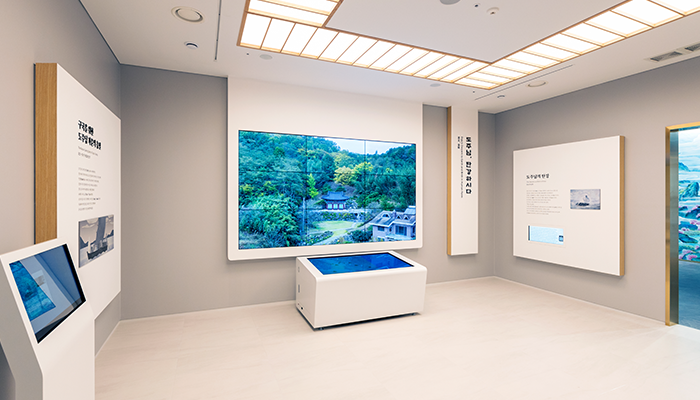
1Doju’s Descent and Birth
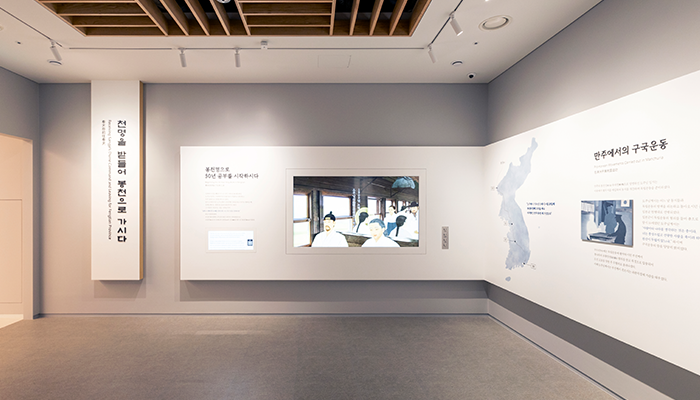
2Receiving Sangje’s Divine Command and Leaving for Fengtian Province
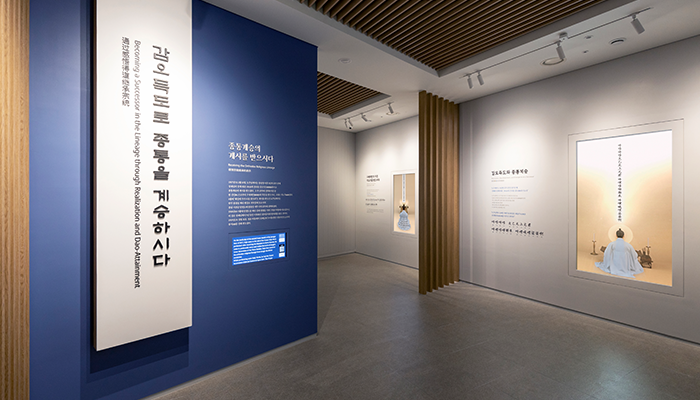
3Becoming a Successor in the Lineage through Realization and Dao-Attainment

4Following Divine Revelation by Returning to Korea and Laying a New Groundwork
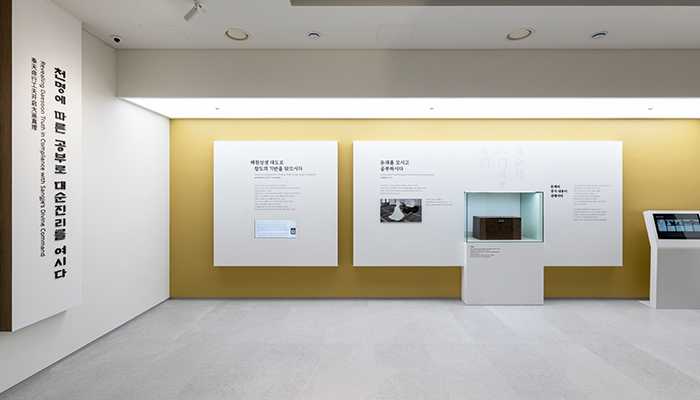
5Revealing the Daesoon Truth in Compliance with Sangje’s Divine Command
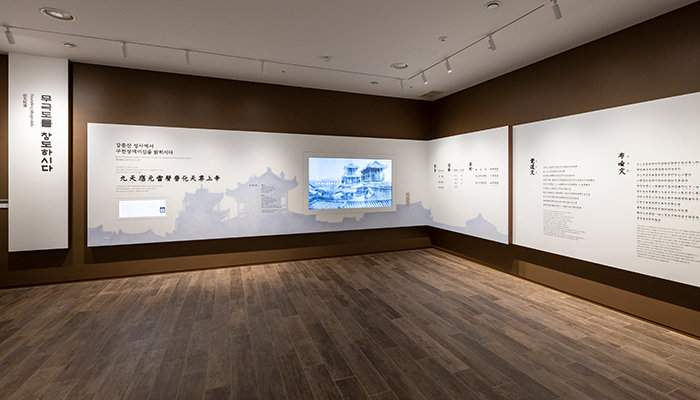
6Founding Mugeukdo
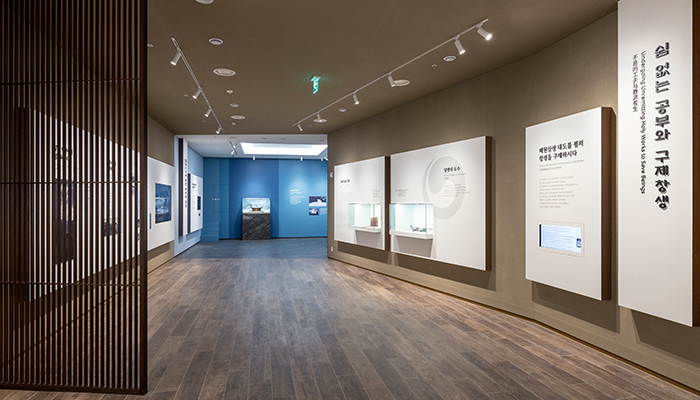
7Undergoing Unremitting Holy Works to Save Beings
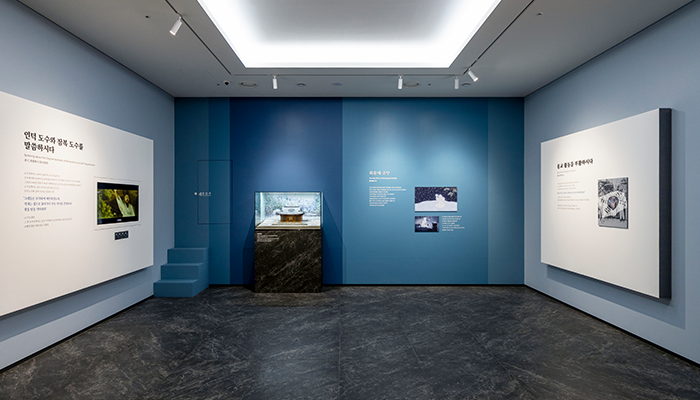
8The Holy Work at Hoeryong-jae Pavilion
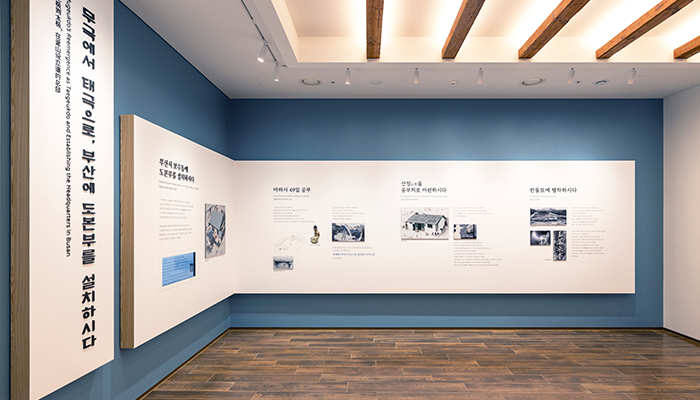
9Mugeukdo’s Reemergence as Taegeukdo and Establishing the Headquarters in Busan
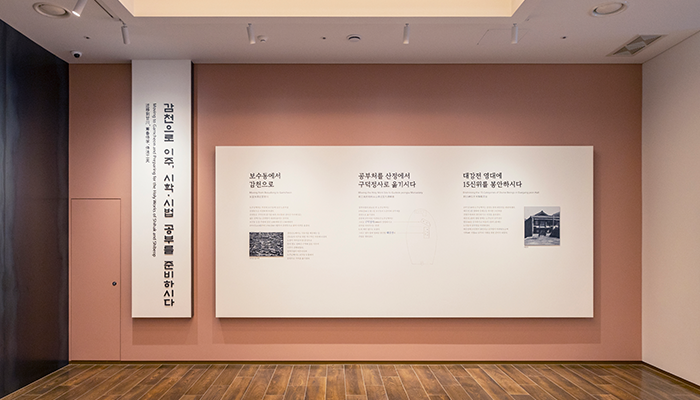
10Moving to Gamcheon and Preparing for the Holy Works of Shihak and Shibeop
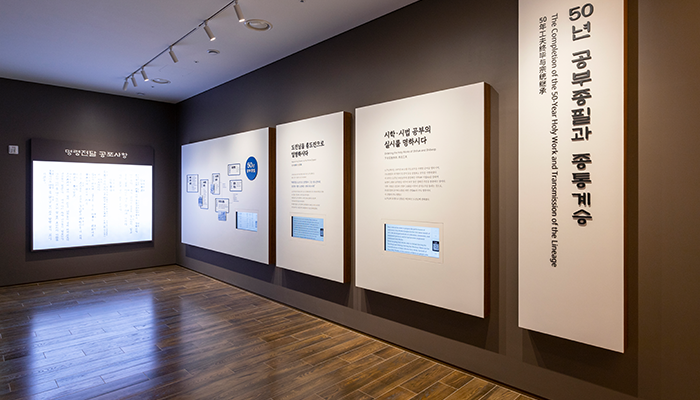
11The Completion of the 50-Year Holy Work and Transmission of the Lineage
- Opening the Road to Attaining the Dao by Actualizing

